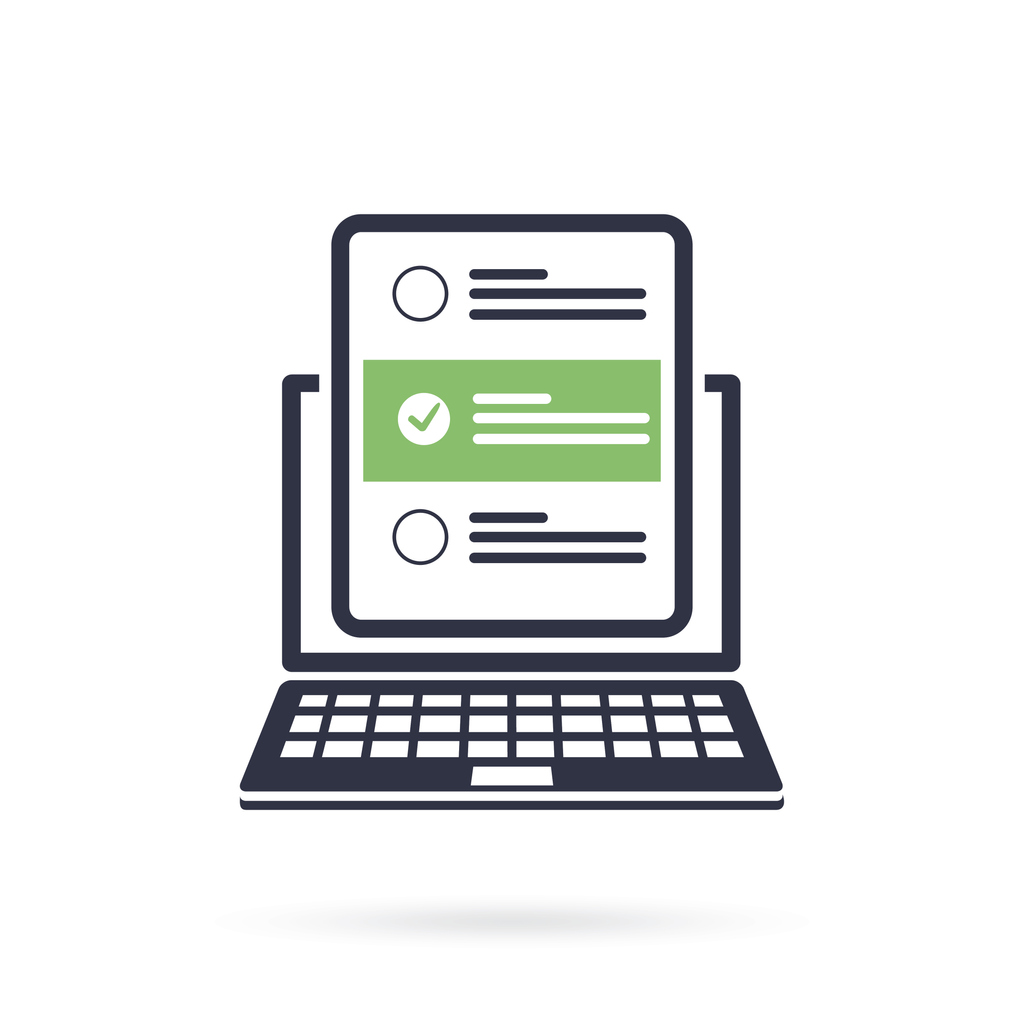
Setting Clear Expectations for New Employees: A Comprehensive Onboarding Guide
Navigating Training Success: A Roadmap to Clear Expectations and Achievable Goals
Effective training programs are essential for the growth and development of employees. To ensure the training process is successful, it is crucial to establish clear expectations from the outset. Here at MunaHR, we call this process onboarding. Our four steps to onboarding not only helps the new employee understand what is required of them but also provides you with a framework for assessing their progress.
1. What is expected of the new employee?
The first step in setting clear expectations for trainees is defining what is expected of them. This involves outlining specific goals, tasks, and responsibilities that the new hire should accomplish. To make this step effective, it is essential to be as detailed as possible. Here are some key elements to consider:
a. Clear Objectives: Clearly state the goals of the training program. What should the employee achieve by the end of the training period? These objectives should be specific, measurable, achievable, relevant, and time-bound (SMART).
b. Task Descriptions: Provide a detailed list of tasks and responsibilities the trainee will be responsible for as well as ensuring they understand the scope of their duties.
c. Timelines: Set deadlines for each task or milestone. Having a timeline creates a sense of urgency and helps the new employee prioritise their work.
d. Quality Standards: Define the quality standards that need to be met. Trainees should know what level of performance is expected in terms of accuracy, efficiency, and effectiveness.
e. Key Performance Indicators (KPIs): Establish KPIs that will be used to evaluate the employee’s progress. These could include quantitative metrics like the number of tasks completed or qualitative measures like customer satisfaction ratings.
2. Training Resources
Once the expectations are clear, it's essential to provide the necessary resources to support the new employee in achieving these goals. This ensures the trainee has access to the tools, information, and guidance needed for success. Here's how you can make training resources available:
a. Training Materials: Provide written documentation, manuals, or online resources that cover the topics the trainee needs to learn. These resources should be easily accessible and up-to-date.
b. Mentorship: Assign a mentor or supervisor who can provide guidance, answer questions, and offer support throughout the training process.
c. Technology and Tools: Ensure that trainees have access to the necessary software, equipment, and tools they need to perform their tasks effectively.
d. Training Sessions: Organize training sessions, workshops, or webinars to supplement self-study materials. These sessions can provide opportunities for hands-on learning and interaction with experts.
e. Feedback Channels: Create channels for the person being trained to seek feedback and clarification. This could include regular meetings, email communication, or dedicated chat platforms.
3. Meeting/Not Meeting the Expectations?
Monitoring the progress of new employees is essential to ensure they are on track to meet expectations. Regular assessment and feedback are key to this step. Here's how to evaluate trainee performance:
a. Regular Check-Ins: Schedule regular check-in meetings to discuss progress and address any challenges or concerns the trainee may have.
b. Performance Reviews: Conduct formal performance reviews at specific intervals to evaluate how well the new employee is meeting expectations.
c. Assessment Tools: Use assessment tools, such as quizzes, tests, or evaluations, to measure the employee’s knowledge and skills.
d. Feedback Loops: Encourage open communication between the trainee and their mentor or supervisor. New members of your team should feel comfortable discussing their progress and seeking guidance.
e. Self-Assessment: Encourage trainees to self-assess their progress periodically. This can help them identify areas for improvement and take initiative in their learning.
4. What happens if you do/don’t meet expectations?
To motivate new employees and ensure accountability, it's important to establish clear rewards and consequences for meeting or not meeting expectations. This step helps create a sense of purpose and motivation. Consider the following:
a. Recognition: Recognise new hires who consistently meet or exceed expectations. This can include bonuses, certificates, or public recognition.
b. Additional Training: If a new employee is not meeting expectations, offer additional training and support to help them improve. This could include remedial training or access to additional resources.
c. Career Advancement: Communicate how meeting expectations aligns with career advancement within the organization. Trainees should understand the long-term benefits of successful training.
Setting clear expectations for new employees is a fundamental aspect of any successful onboarding program. It provides them with a roadmap for their development, ensures they have the resources they need and enables ongoing assessment and feedback.
By establishing the expectations from day one, you can motivate trainees to strive for excellence and meet or exceed expectations. Ultimately, a well-structured training program with clear expectations benefits both your new employee and your business as a whole.
Recent blogs

Set up your document requests as templates to save you time.

Harnessing the Power of Development Coaching

Why it is important to ask the right questions and screen the best candidates from the outset.

We know how daunting it can be to get started so we have put together a list of initial tasks for you to add to your onboarding templates. These suggestions will give you a good idea of how MunaHR can help you